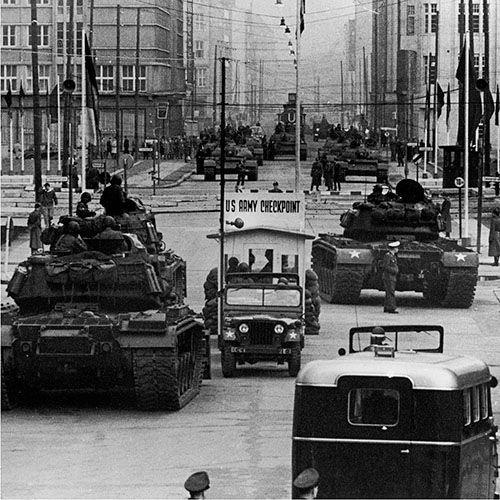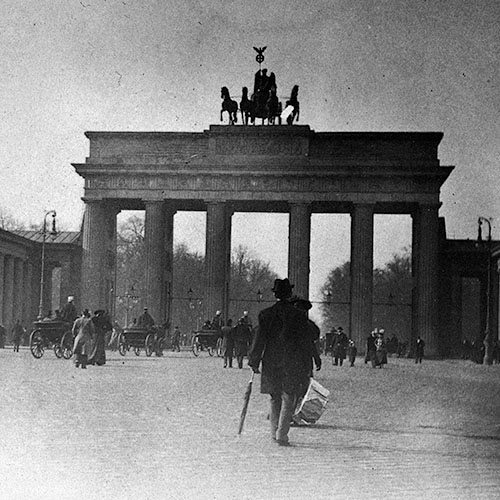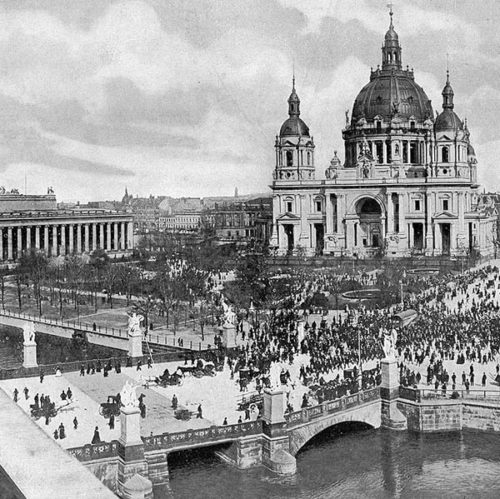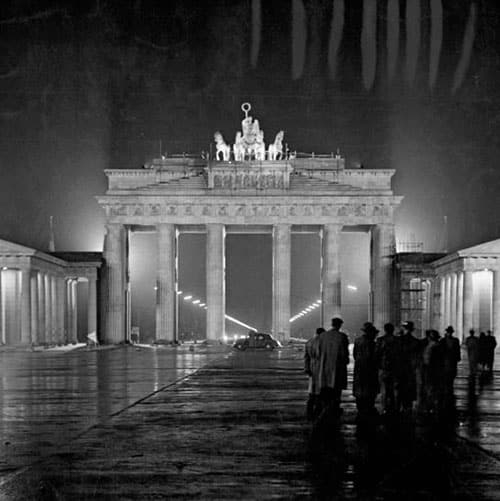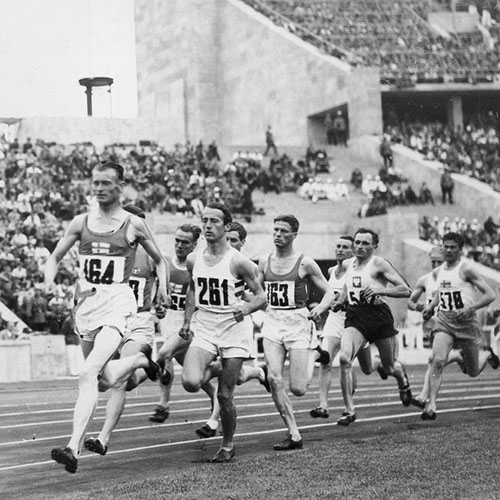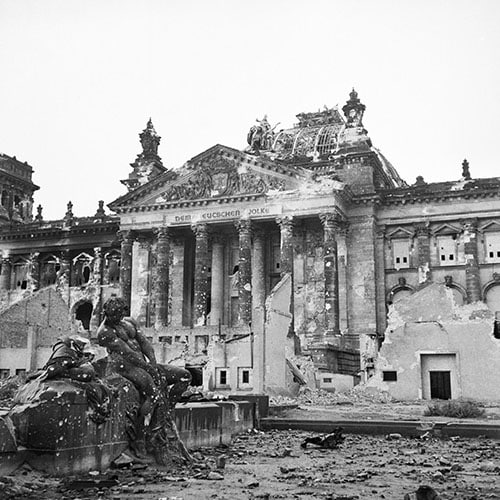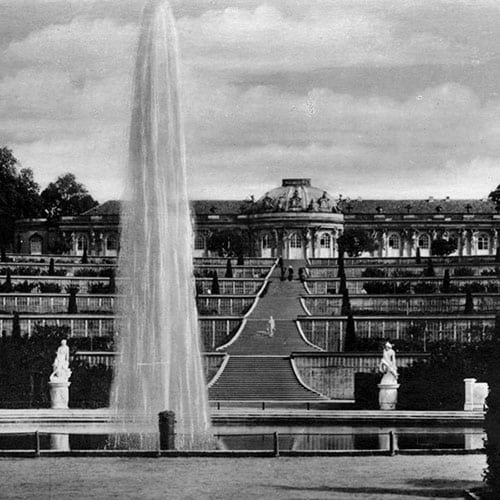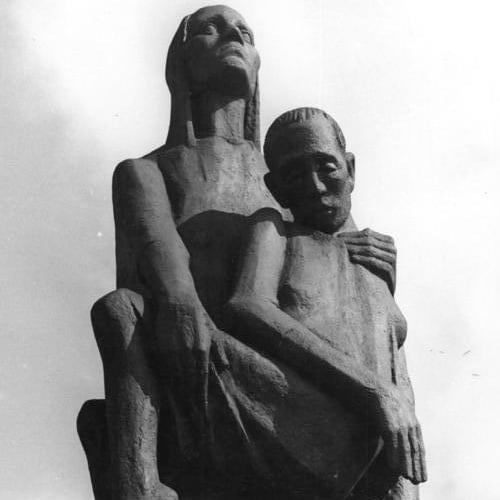“Our technological superiority is undisputed in very numerous fields of armaments… We possess inventions that will enable us to inflict the most terrible blows on the enemy.”
Nazi leader, Adolf Hitler, in a speech on November 8th 1943 hinting at the new weapons to come
In a town just north of Berlin lies a strange legacy of the Third Reich: ‘Germany’s most radioactive ground’.
The story involves a secret weapons project, a bizarre consumer product promising radioactive health, and a devastating Allied bombing raid whose effects linger today. This is the story of the Auergesellschaft factory in Oranienburg, a place central to understanding one of the war’s most persistent myths.
The question isn’t just what the Nazis were building there, but why, in the final weeks of the war, the Allies felt it had to be obliterated. The answer reveals just how close Hitler really came to wielding atomic power.
–

The Radioactive Ghosts of Oranienburg
“Oranienburg became the primary center for uranium production in Germany. We worked tirelessly to refine the uranium oxide into the metal cubes that were essential for the experimental reactors… All roads for the ‘Uranium Club’ led, in one way or another, through our facility.”
Nikolaus Riehl, Scientific Director of Auergesellschaft in his memoir, Ten Years in a Golden Cage
The small Brandenburg town of Oranienburg, just north of Berlin, holds a grim superlative.
It is, by some measures, the most dangerously radioactive place in all of Germany.
It is also littered with unexploded bombs.
Decades after the end of the Second World War, specialised disposal teams are still routinely called out to defuse decaying ordnance, and residents are evacuated from their homes as bombs are carefully unearthed. The source of this dual contamination—the radioactivity and the bombs—is the ghost of a single factory and the epic, terrifying ambition it once represented.
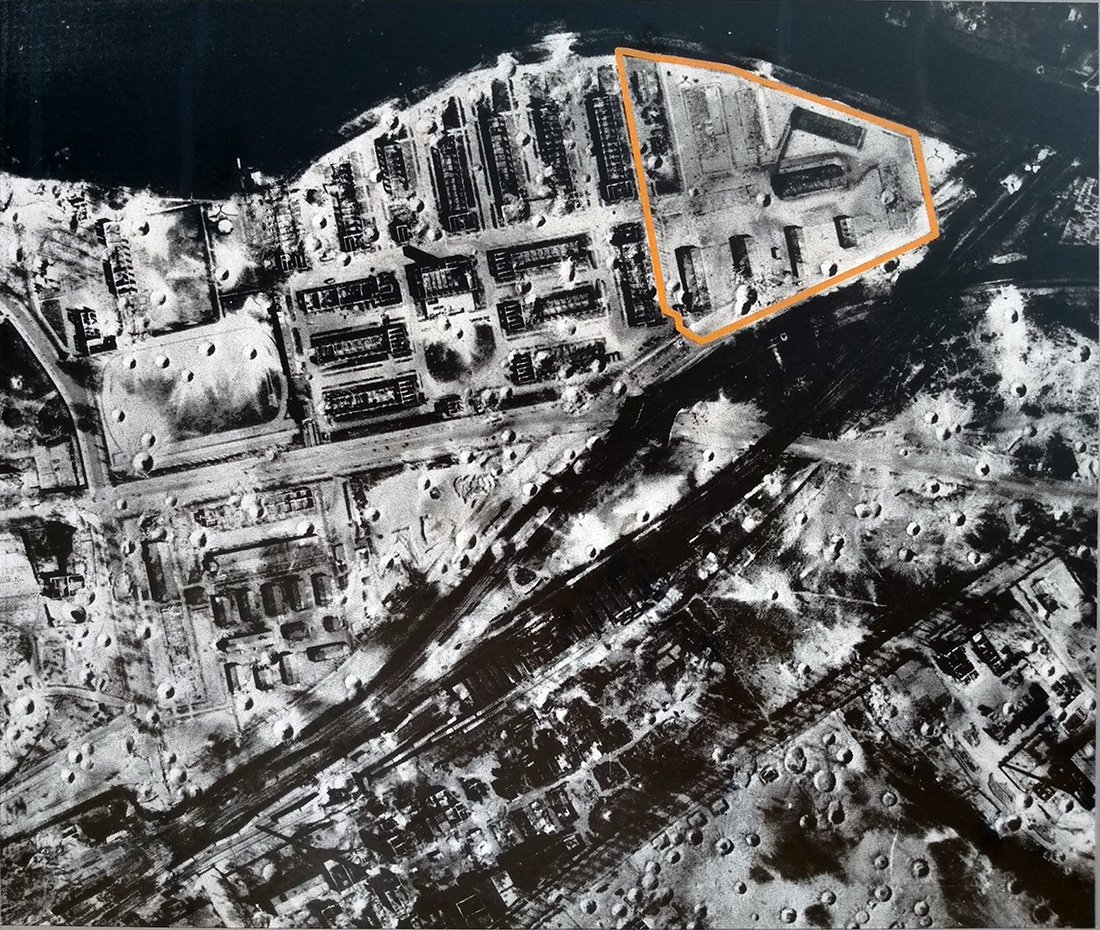
Near the site of the former Sachsenhausen Concentration Camp stood the Auergesellschaft works, a large industrial plant with a curious product line.
Before and during the war, this company was involved in all manner of chemical and industrial manufacturing. Its shareholders, like so many others, were Aryanized early in the Nazi regime, its Jewish owners forced out.
For a time in the 1940s, the company produced a toothpaste called ‘Doramad’.
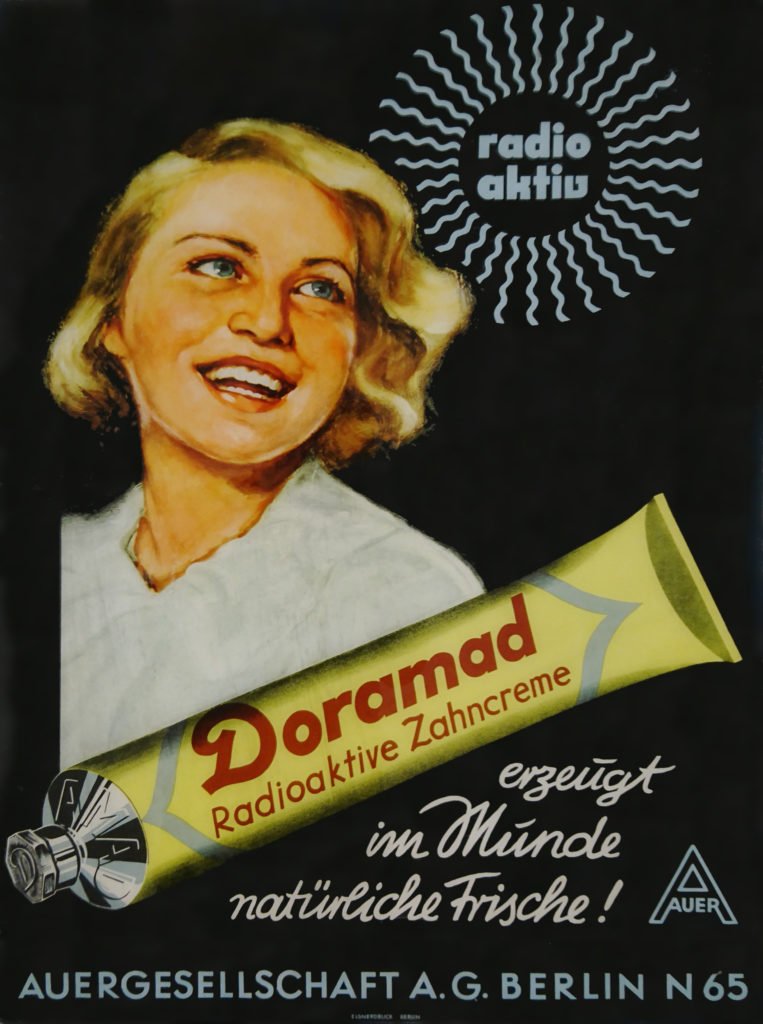
In an era when the dangers of radiation were poorly understood and its supposed curative properties were a marketing fad, Doramad was sold to the public with a bold promise.
Containing small amounts of thorium, a radioactive metal, its advertisements claimed it would provide a “natural freshness” by using the “biological healing effects of radium rays” to strengthen the “defenses of teeth and gums.”
The back of the tube boasted that through its radioactive properties, “cells are loaded with new life energy.”
This was, of course, dangerous quackery. But it was a side business. The thorium for the toothpaste was a byproduct of the company’s main enterprise: producing mantles for gas lanterns, rare-earth metals—and, crucially, refining uranium.
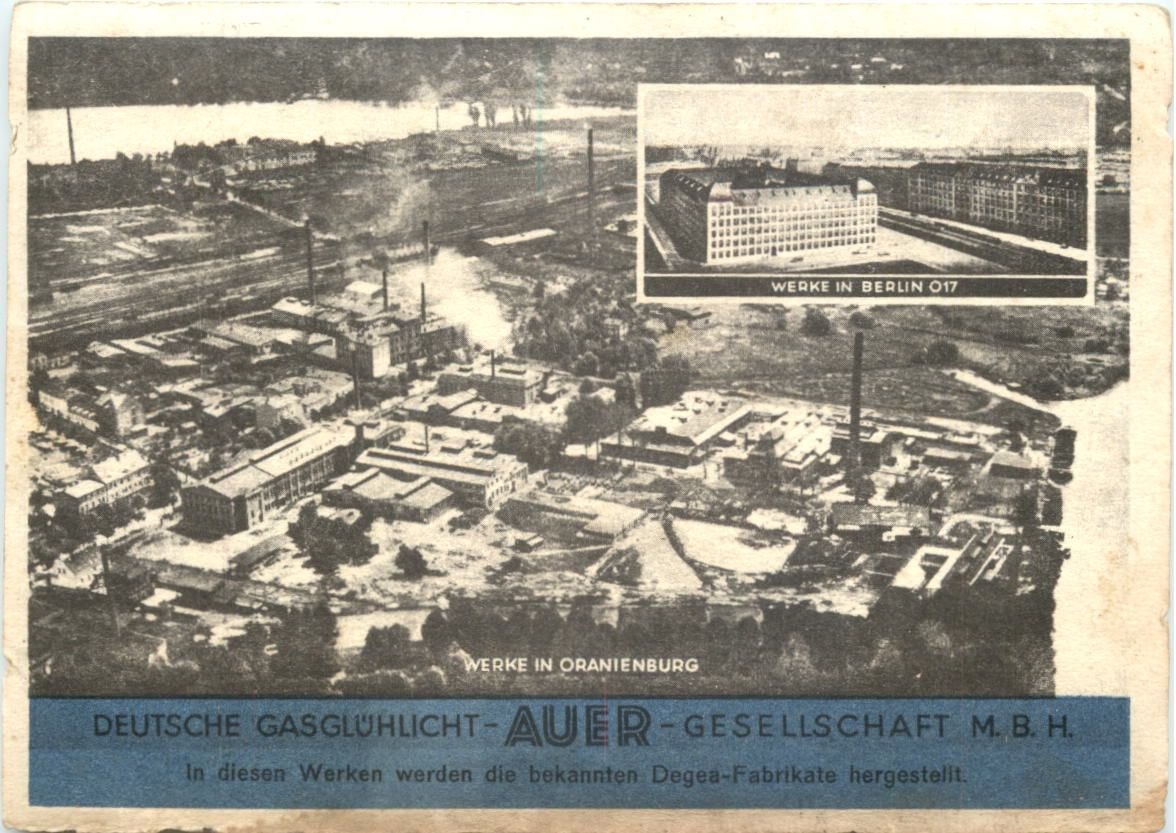
By the early 1940s, the Auer plant in Oranienburg had become the industrial heart of Hitler’s most secret and feared weapons program. This is where the raw materials for a German atomic bomb were being processed.
When the Allies discovered the factory’s true purpose, they decided to mount a raid that would conclusively end all development.
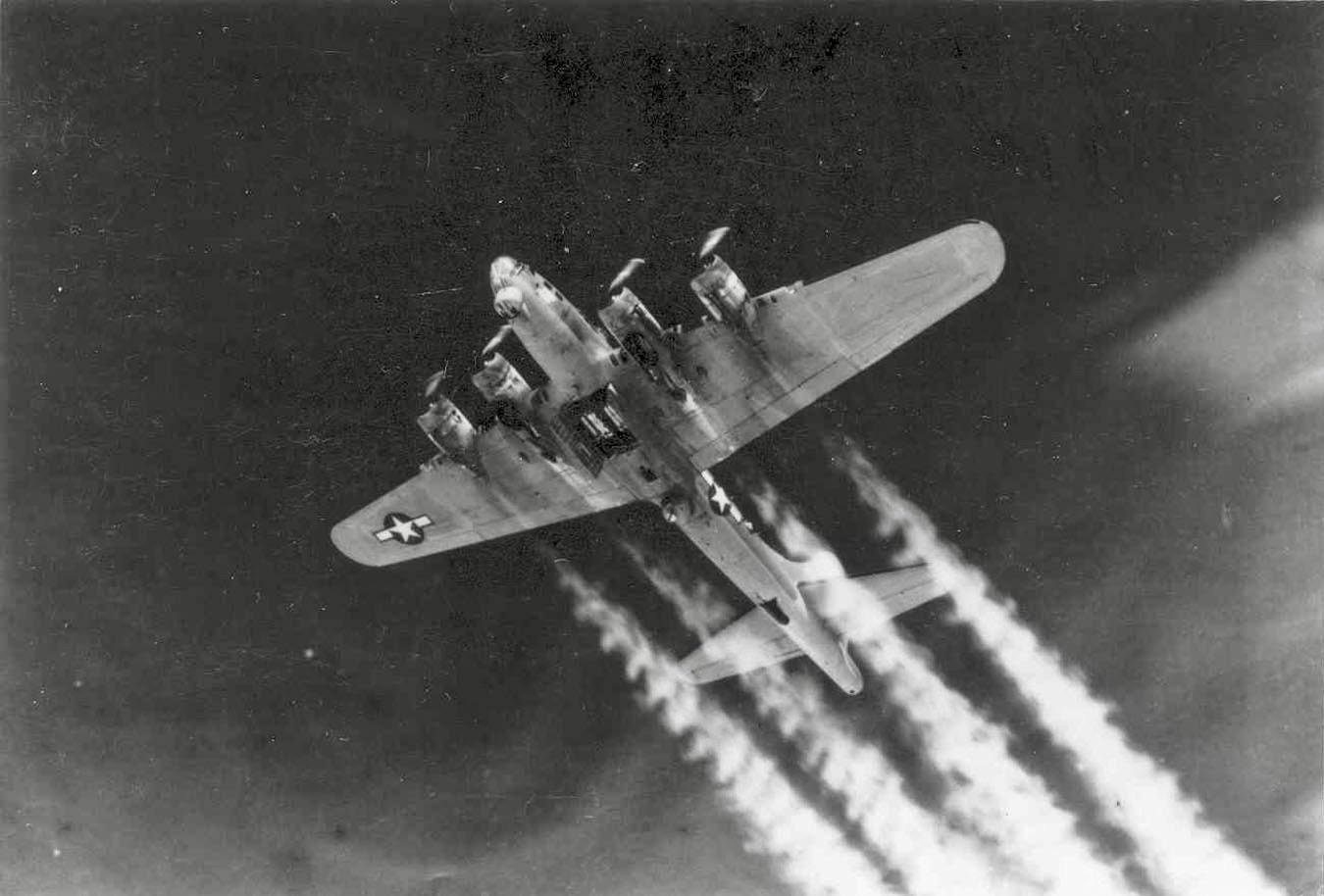
On the afternoon of March 15th 1945, with the Red Army closing in from the east, the skies over Oranienburg filled with the drone of 612 B-17 Flying Fortresses of the U.S. Eighth Air Force.
In the space of 45 minutes, they dropped over 1,500 tons of high-explosive and nearly 180 tons of incendiary bombs onto the Auer works.
The factory was annihilated.
The raid not only flattened the facility but also blasted its radioactive materials—its refined uranium and thorium stockpiles—into the atmosphere and soil, contaminating the town for generations to come. Today, every discovery of a dud bomb armed with a complex, chemically-delayed fuse is a reminder of that desperate, targeted attack.
But the raid was not just about stopping Hitler.
It was about what came after.
It was a violent opening move in the Cold War, intended to deny the spoils of the German nuclear program to the approaching Soviets.
But what exactly were the Allies so afraid of?
Was the world truly on the brink of seeing a swastika-shaped mushroom cloud?
–

The ‘Uranium Club’ - Nuclear Development In Nazi Germany
“I have no doubt that Germany will… make a major effort to build uranium bombs… Germany has the physicists who have the ability, and they have a government that has the will to use it.”
Leó Szilárd, the Hungarian-American physicist who drafted the Einstein-Roosevelt letter, warning of German capabilities in 1939
The story of the atom bomb begins, ironically, not in the deserts of New Mexico, but in a laboratory in Berlin.
In December 1938, in Berlin’s Dahlem district, chemists Otto Hahn and Fritz Strassmann, working at the Kaiser Wilhelm Institute, made a discovery that would change the world.
While bombarding uranium with neutrons, they were bewildered to find traces of barium—an element roughly half the size of uranium. Hahn wrote to his exiled former colleague, the brilliant physicist Lise Meitner, who had fled Nazi persecution and was now in Sweden. Meitner and her nephew Otto Frisch quickly realized the earth-shattering implication: Hahn and Strassmann hadn’t chipped a piece off the uranium atom; they had split it.
They had achieved nuclear fission.
The energy released from this single event was immense.
The military potential was terrifyingly obvious.
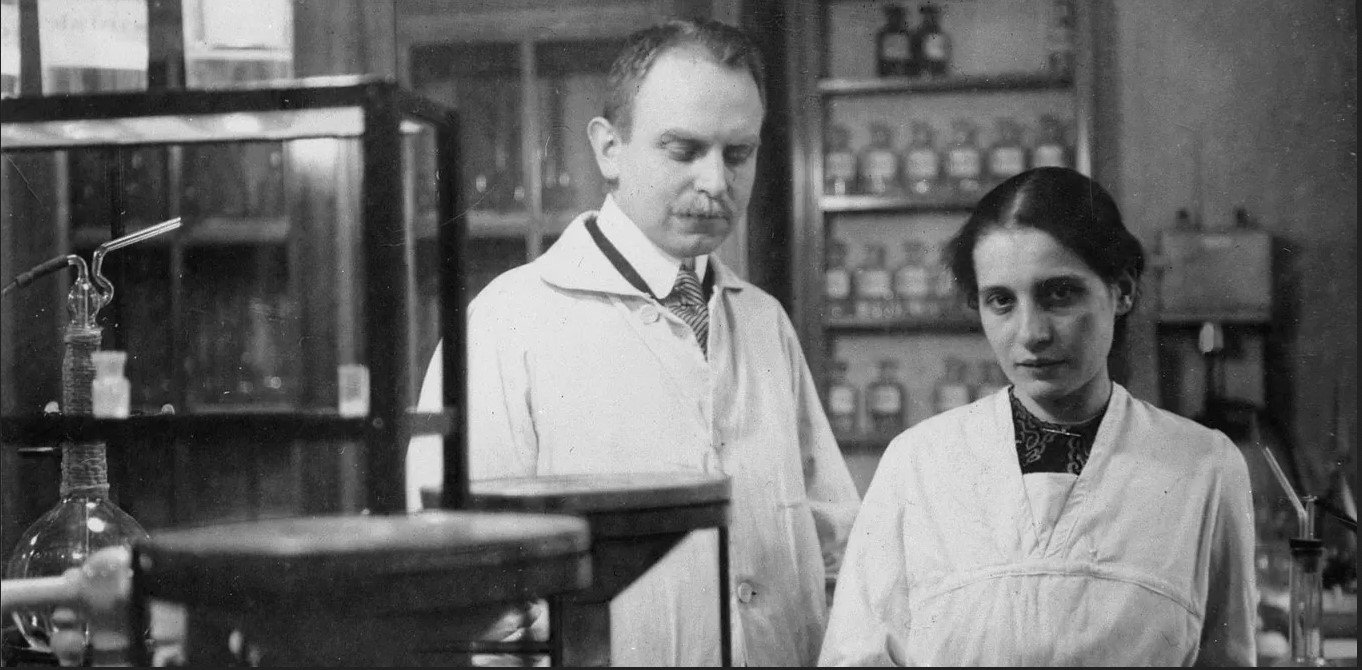
Word spread through the international physics community like a shockwave.
By April 1939, German physicists, including Wilhelm Hanle and Georg Joos, formally alerted the Reich Ministry of Education to the potential of a ‘uranium machine’.
This led to the formation of the first Uranverein, or ‘Uranium Club’—an informal gathering of Germany’s top nuclear scientists to investigate the military applications of fission.
The project, however, was soon interrupted by the invasion of Poland, as many of its physicists were drafted into the Wehrmacht. But the military was not about to let such a potentially decisive weapon go unexamined.
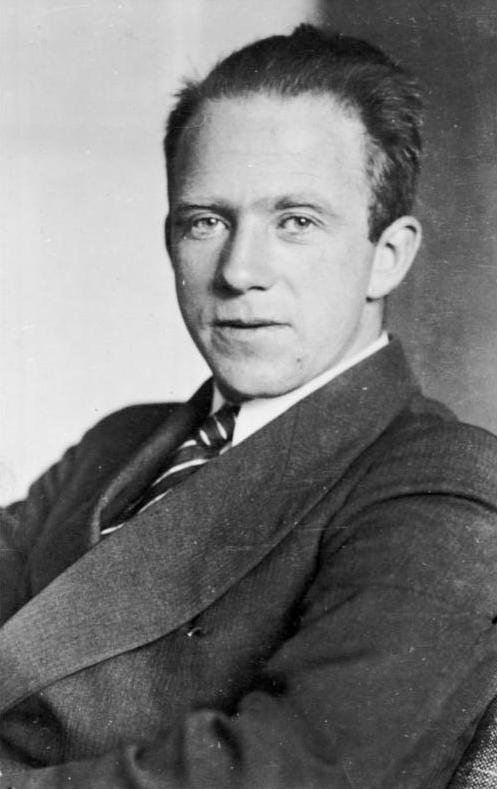
On the very day the war began, September 1st 1939, the Army Ordnance Office (Heereswaffenamt) established a second, official Uranprojekt.
It commandeered the Kaiser Wilhelm Institute for Physics and brought Germany’s greatest remaining scientific minds into its orbit.
The project was led by luminaries like Werner Heisenberg, the Nobel laureate and a founder of quantum mechanics, Carl Friedrich von Weizsäcker, and Walther Gerlach.
Their task was to investigate two terrifying possibilities: a controlled chain reaction, which could power submarines and warships, and an uncontrolled one—an atomic bomb.
They had a significant head start on the Allies, access to brilliant scientists, a powerful industrial base, and, for a time, the full backing of the German military.
–

Heavy Water & Hindering The Nazi Programme
“Compared with the British and American war research efforts united in the Manhattan Project, to this day the prime example of “big science,” the Uranverein was only a loosely knit, decentralized network of researchers with quite different research agendas. Rather than teamwork as on the American end, on the German side we find cut-throat competition, personal rivalries, and fighting over the limited resources.”
German historian Klaus Hentschel
To build a ‘uranium machine’—a nuclear reactor—the German scientists knew they needed two key ingredients: uranium and a moderator.
The moderator’s job is to slow down the neutrons released during fission so they are more likely to split other uranium atoms, thus sustaining a chain reaction.
The two best candidates for a moderator were highly pure graphite and ‘heavy water’, water in which the hydrogen atoms are replaced with a heavier isotope, deuterium.
The scientists made a fateful error.
Walther Bothe, a leading experimental physicist, conducted an experiment that incorrectly concluded that graphite was unsuitable as a moderator, believing it absorbed too many neutrons. The mistake likely stemmed from using impure graphite. This error, born of a single miscalculation, steered the entire German program down a much more difficult and ultimately doomed path: the pursuit of heavy water.
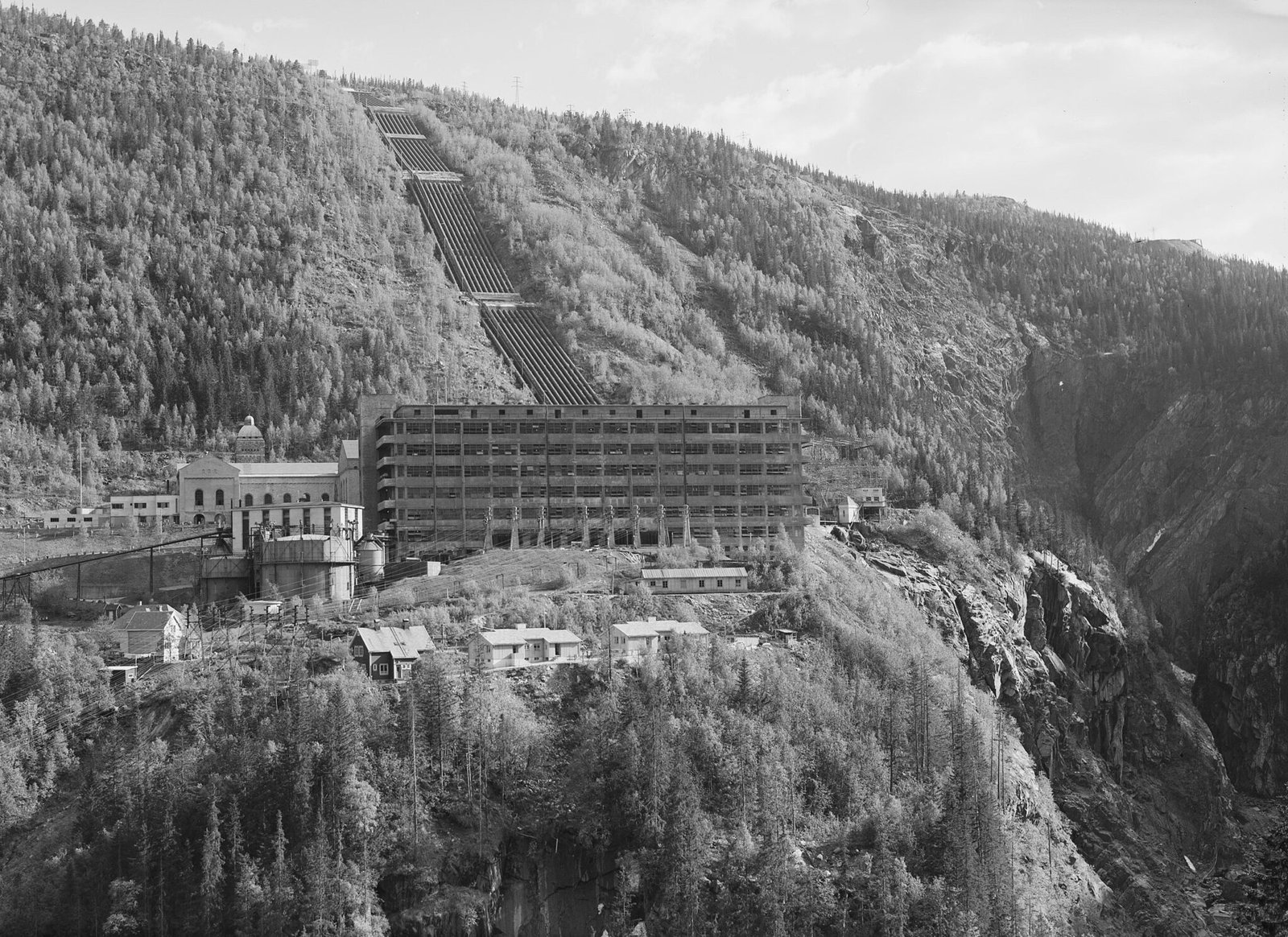
The only place in the world producing heavy water on an industrial scale was the Vemork hydroelectric plant in Nazi-occupied Norway.
This made the plant one of the most critical single targets of the war for Allied special forces. A series of daring and costly sabotage missions carried out by Norwegian commandos and Allied bombers throughout 1942 and 1943 famously crippled production and, in a final dramatic raid, sank a ferry carrying the last of the German heavy water stockpile to the bottom of a fjord.
While the struggle for a moderator took place in the Norwegian mountains, the struggle for uranium was centered in Oranienburg.
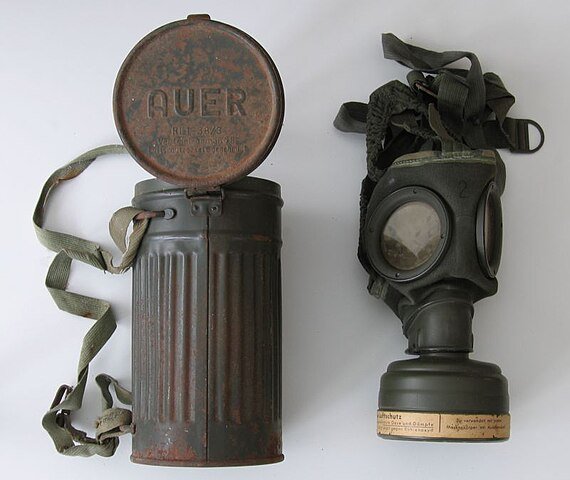
Dr. Nikolaus Riehl, the scientific director of Auergesellschaft, had seen a business opportunity. The company had large quantities of uranium as a waste product from its work with radium.
In 1939, he convinced Army Ordnance to give him an order, and the Auer plant began refining uranium oxide on an industrial scale. Soon, with the help of the Degussa corporation, they were producing metallic uranium plates and cubes—the very fuel for Heisenberg’s experimental reactors. The plant became the primary supplier for the secret tests being conducted across Germany, from a bunker in Berlin to a cave in Haigerloch in the war’s final days.
For years, the factory operated in relative obscurity.
However, in November 1944, the Allied intelligence unit known as the Alsos Mission, tasked with discovering the extent of the Nazi nuclear program, got a breakthrough.
In liberated Paris and Strasbourg, they found documents connecting Auergesellschaft to the processing of uranium and thorium.
They had found the industrial heart of the Uranprojekt.
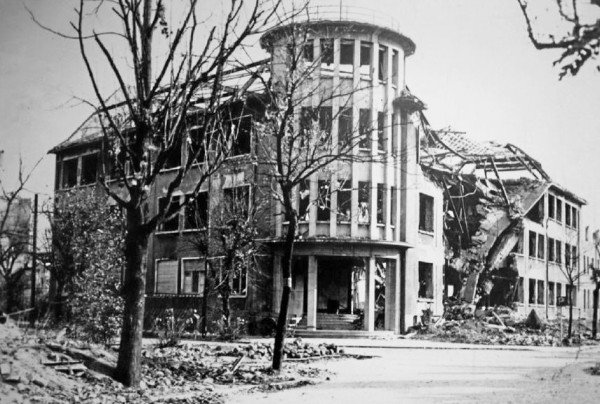
General Leslie Groves, the military commander of America’s own, far larger Manhattan Project, made a strategic calculation.
The Oranienburg plant lay in the path of the advancing Red Army and would soon fall into the future Soviet occupation zone. Groves recommended to General George Marshall that the plant be utterly destroyed by air, not primarily to stop the Nazis, who were by now clearly losing the war, but to deny its equipment and stockpiles to the Soviets.
In his memorandum to Marshall, General Leslie Groves said: “The Auer Company at Oranienburg, north of Berlin, is producing uranium metal… Investigations in Paris have confirmed that this plant is the one which has been processing the Belgian and other ores. The product is used in the German experimental piles. While the Germans are not believed to have a practical atomic weapon now, this plant, if it is not destroyed, will be of the utmost value to the Russians in their efforts to develop the weapon.”
When Riehl visited the ruins of his factory with the Soviets after the bombing, he noted the astonishing precision of the raid and recalled later that the Russians knew exactly why the Americans had done it.
The attack, he said, had been “directed at them rather than the Germans.”
–
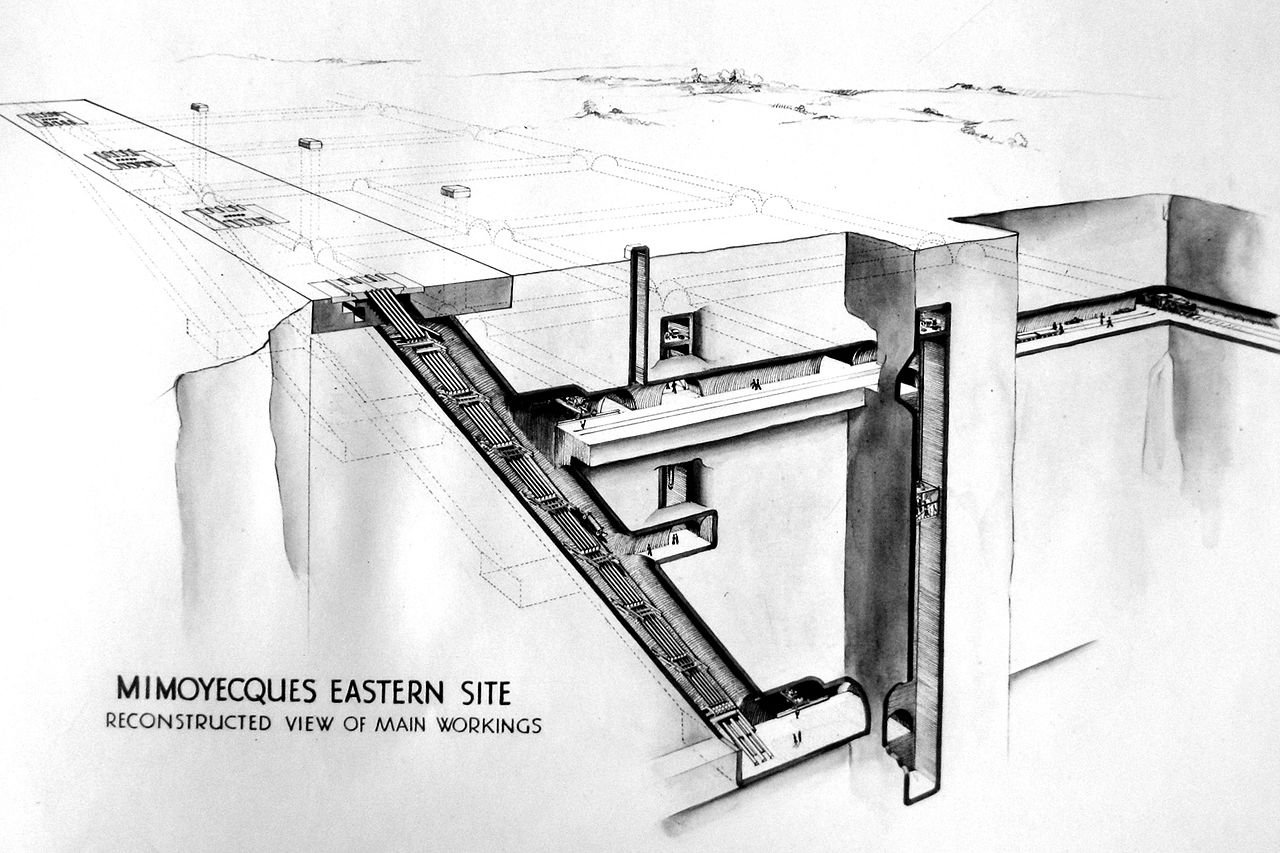
The Reality Of Nazi 'Wunderwaffen'
“It seemed likely that, if the Germans had succeeded in perfecting and using these new weapons six months earlier than they did, our invasion of Europe would have proved exceedingly difficult, perhaps impossible.”
General Dwight D. Eisenhower, Supreme Allied Commander, on the V-2 rocket
The legend of the Nazi A-bomb is often bundled with a host of other supposedly revolutionary “Wunderwaffen” or wonder weapons, which a desperate Third Reich hoped would turn the tide of the war.
An examination of these weapons reveals much about German technological priorities.
While the Uranverein struggled with infighting, limited resources, and critical scientific errors, the Nazi regime poured immense capital and engineering talent into weapons that were technologically impressive but ultimately irrelevant to the war’s outcome.
The most famous of these were the V-weapons.

The V-1 flying bomb, a simple cruise missile powered by a pulsejet engine, was a terror weapon used against London, but its inaccuracy made it strategically ineffective.
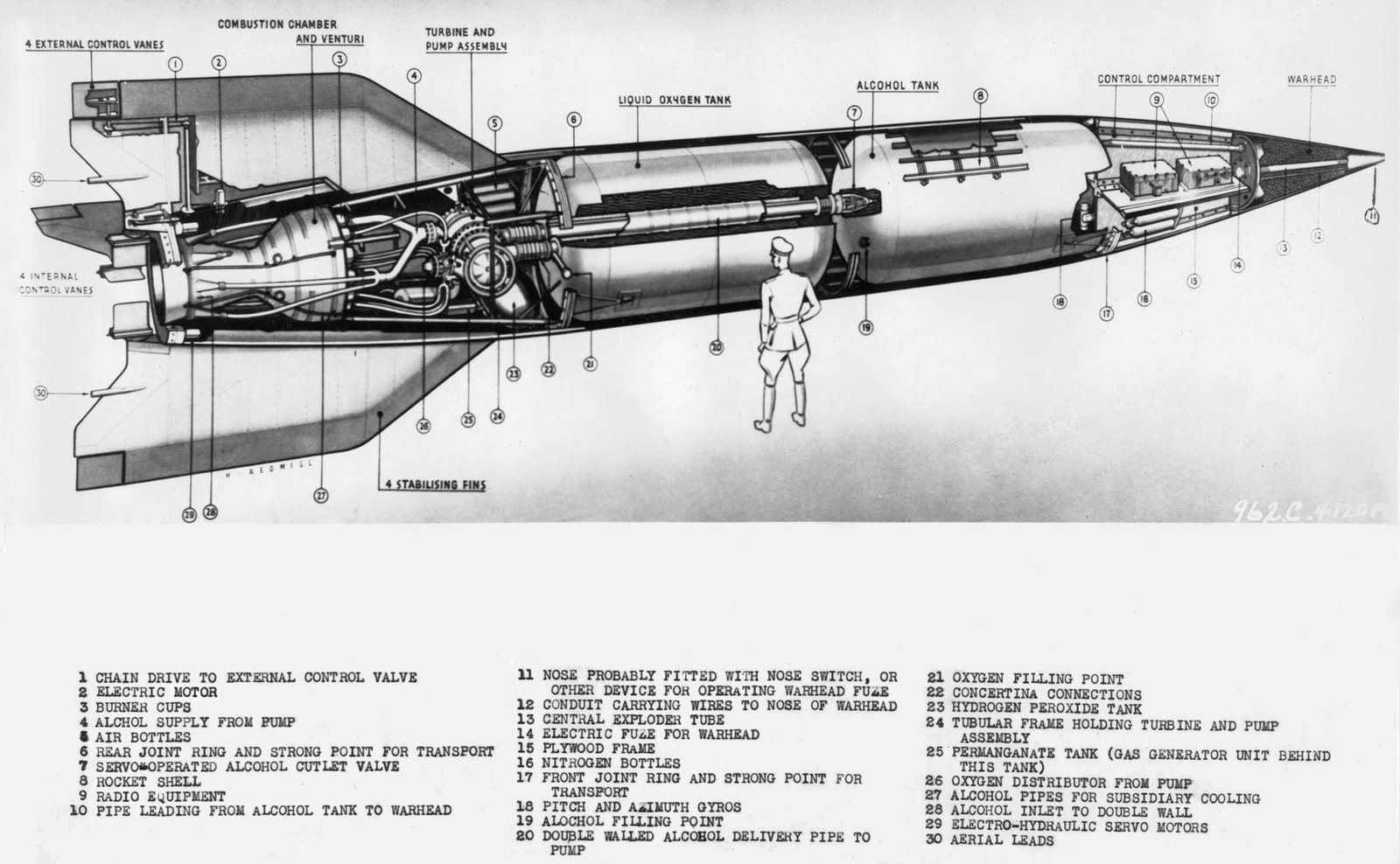
The V-2 rocket, developed by Wernher von Braun’s team at Peenemünde, was a true technological marvel—the world’s first long-range ballistic missile.
It was a weapon years ahead of its time, but it was fantastically expensive, required enormous resources to build, and, like the V-1, was too inaccurate and its warhead too small to serve as anything more than a tool of vengeance.
For all the resources spent on the V-2 program, it had a negligible effect on the Allied war effort.
Beyond the V-weapons lay a veritable zoo of futuristic, and often fantastical, projects:
- The Horten Ho 229, a jet-powered flying wing that looked like a modern stealth bomber. A few prototypes flew, but it never entered production.
- The gargantuan Panzer VIII ‘Maus’, a 188-ton super-heavy tank that was so overweight it could barely move and was mechanically unreliable.
- Speculative designs for a ‘Sun Gun’, a giant orbital mirror designed to focus sunlight to burn cities, and a ‘Sonic Cannon’ that would use sound waves to kill.
- Advanced guided munitions like the Fritz X, an early smart bomb that successfully sank the Italian battleship Roma.
The diminutive Goliath tracked mine, a remote-controlled miniature tank filled with explosives. - The colossal Schwerer Gustav, the largest artillery piece ever built, capable of firing a seven-ton shell over 29 miles.
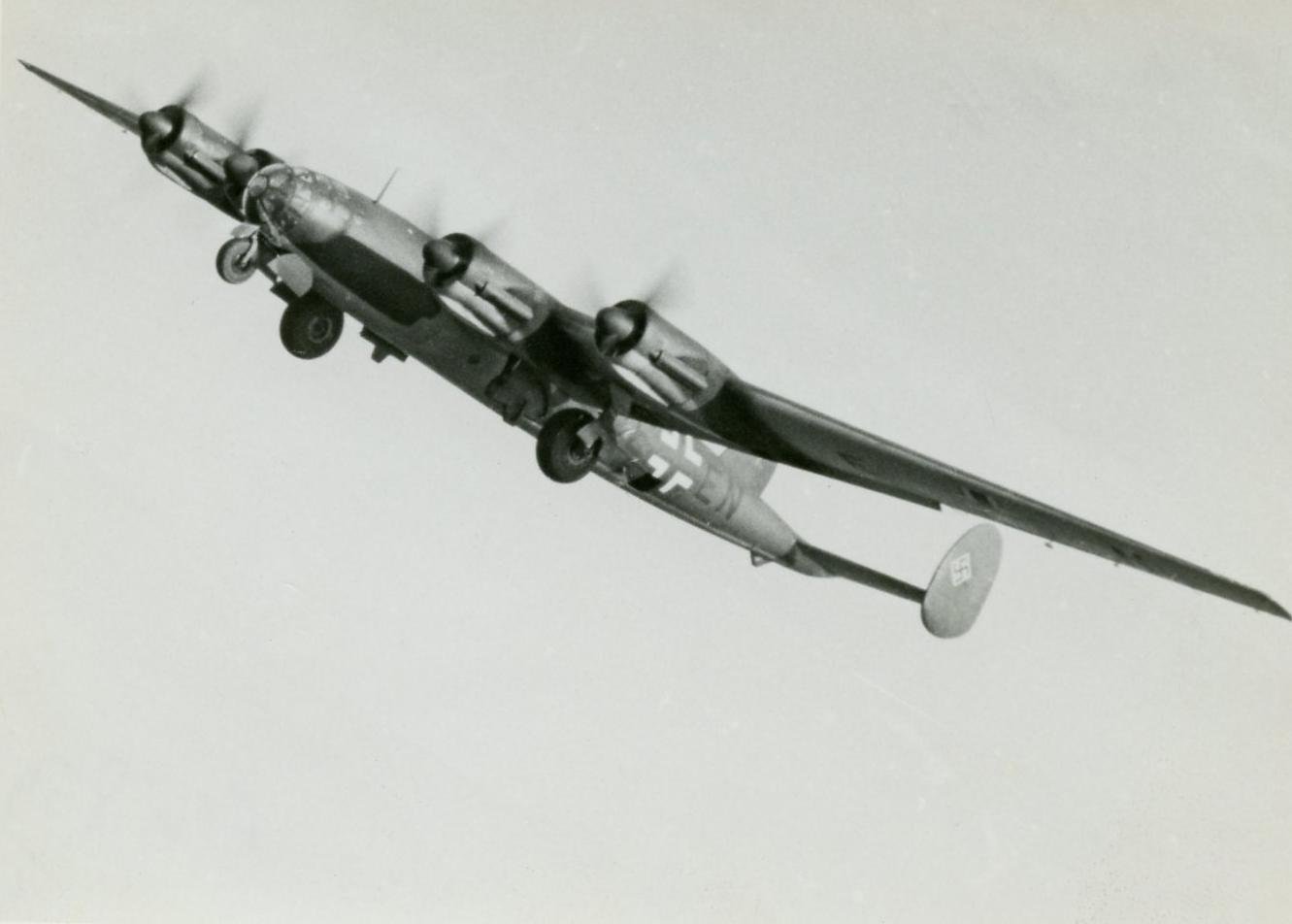
While many of these projects were engineering dead-ends, they demonstrate where Nazi Germany’s priorities lay.
The regime, and Hitler in particular, was captivated by tangible, intimidating machines of war—colossal tanks, long-range rockets, futuristic jets.
These projects received funding, manpower, and political support that dwarfed what was allocated to the highly theoretical and uncertain atomic bomb project.
Thankfully, the German war machine focused on engineering, not theoretical physics.
–

Operation Paperclip, Operation Big & Atomic Secrets
“We hold these individuals to be potentially dangerous… Their former eminence as Nazi Party members and supporters raises the issue of their fitness to become American citizens and hold key positions in American industrial, scientific and educational institutions.”
Albert Einstein, in a letter to President Truman protesting Operation Paperclip
When the war in Europe ended, the ‘success’ of the Nazi nuclear program was measured not in weapons built, but in the knowledge possessed by its scientists.
The frantic final weeks of the war saw a new kind of conflict emerge: a race between the Western Allies and the Soviet Union to capture German scientific and technological assets.
Berlin, with its world-class research hubs like the Kaiser-Wilhelm Institut für Physik, Frederick William University, and the Technische Hochschule in Charlottenburg, was the grand prize.
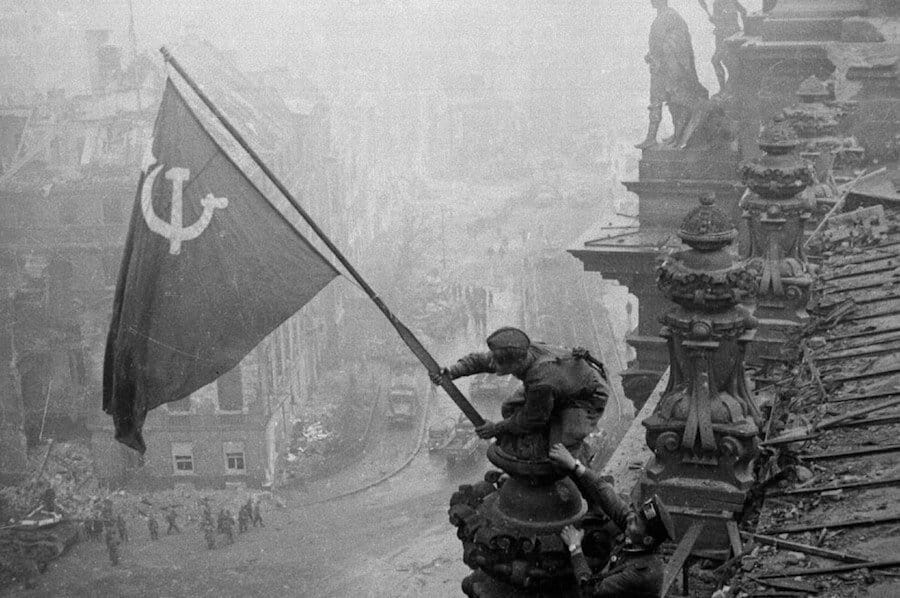
The Soviets, having captured Berlin, had a significant geographical advantage.
They immediately began systematically dismantling research facilities and securing scientists.
Nikolaus Riehl, the man who had overseen uranium production at the Auer plant, was ‘invited’ to meet with Soviet officials in Berlin. That invitation turned into a ten-year relocation to the USSR, where he and other captured German scientists were instrumental in developing the Soviet atomic bomb project.
The nearly 100 tons of uranium oxide the Soviets recovered from the Oranienburg site, even after the bombing, saved them at least a year on their own nuclear timeline.

The Americans had their own highly effective program, Operation Paperclip.
Its goal was to identify and recruit hundreds of German scientists, engineers, and technicians—including many with devoted Nazi pasts—and bring them to the United States.
The most famous of these was Wernher von Braun and his entire V-2 rocket team.
They were seen as too valuable to be left for the Soviets or to face full accountability for their roles in the Nazi war machine.
While the American Alsos mission captured the core nuclear physicists, including Heisenberg and Hahn (who were famously interned at Farm Hall in England and secretly recorded), the real prize for the American military-industrial complex was the rocket technology that would form the bedrock of the U.S. space program and its intercontinental ballistic missile arsenal.
The hunt for atomic secrets had turned into a hunt for the men who possessed them.
–

Conclusion
“The German physicists knew at least so much about the manufacture and construction of atomic bombs that it was clear to them that the manufacture of bombs in Germany could not succeed during the war. For this reason, they were spared the moral decision whether they should make an atomic bomb, and they had only worked on the uranium engine.”
Werner Heisenberg, lead scientist in the German nuclear program
So how close were the Nazis to building an atomic bomb?
The simple, definitive answer is: not even remotely close.
The evidence gathered by the Alsos mission by late 1944 was already clear—the formidable German project the Allies had feared was a disorganized, underfunded, and scientifically misguided effort.
The captured scientists at Farm Hall were genuinely stunned to hear the news of the Hiroshima bombing on August 6th 1945; their secret recordings reveal disbelief and an immediate scramble to rationalise how the Americans could have succeeded where they had failed.
The German program failed for a constellation of reasons.
The expulsion of brilliant Jewish scientists like Lise Meitner and Albert Einstein had drained the project of crucial intellectual capital.
Illustrative of those who remained in Germany was the case of Fritz Strassmann, who along with Otto Hahn identified the element barium as a product of the bombardment of uranium with neutrons. Strassman resigned from the Society of German Chemists in 1939 when it became part of a Nazi-controlled public corporation and was blacklisted by the Nazi regime. Famously stating “despite my affinity for chemistry, I value my personal freedom so highly that to preserve it I would break stones for a living.”. His disdain for the Nazi regime he voiced in adding: “If my work would lead to Hitler having an atomic bomb I would kill myself.”
The Nazi leadership itself was divided, with competing teams often working against each other. Key scientific errors, like the dismissal of graphite as a moderator, sent them on a wild goose chase for heavy water. And perhaps most importantly, the project never received the political priority or the resources necessary for success.
The final comparison is the most telling.
The Manhattan Project, which successfully developed and tested the first atomic bomb in July 1945—two months after the war in Europe was over—was the largest scientific and industrial undertaking in human history. The contrast in scale with the German effort is staggering:
- The Manhattan Project cost approximately $2 billion (about $34 billion in 2024 dollars). It employed a peak of 120,000 people and involved a total of nearly 500,000 workers, almost 1% of the entire U.S. civilian labor force at the time.
- The Uranverein, by comparison, was budgeted a mere 8 million Reichsmarks. This is equivalent to about $2 million in 1945 dollars—a thousandth of the American expenditure. The number of scientists actively involved numbered in the dozens, not the thousands.
The Third Reich never made a serious, committed attempt to build an atomic bomb.
However, the mere threat of its realisation was one of the main driving factors behind the US development of nuclear weapons. “The Manhattan Project was built on fear: fear that the enemy had the bomb, or would have it before we could develop it,” said Robert Furman, an intelligence officer on the project. General Leslie Groves, the military director of Manhattan, later admitted that until near the end of the war they had “to assume that the most competent German scientists… were working on an atomic program with the full support of their government…. Any other assumption would have been unsound and dangerous”
Fortunately, Hitler was a man impressed by what he could see—giant tanks, screaming rockets, jet fighters.
A theoretical device requiring years of research and a budget that could have funded thousands more conventional weapons never captured his imagination or that of his inner circle.
In 1942, when Albert Speer asked Werner Heisenberg whether a bomb was feasible, the scientist’s cautious and uncertain timeline led the Nazi leadership to downgrade the project’s priority. They pursued a ‘uranium machine’, a nuclear reactor for naval propulsion, but the bomb was deemed too costly and too far off.
The myth of the nearly-completed Nazi atomic bomb persists because it makes for a better story.
It fuels a narrative of a knife-edge “what if” scenario and plays into the legend of the Nazis’ secret technological prowess.
The reality is far more mundane, but no less important.
The German nuclear project was a failure not of German science, but of the Nazi system itself: a regime driven by confused priorities, internal rivalries, ideological blindness, and a fundamental misunderstanding of the very physics its scientists had discovered.
The ghosts of Oranienburg are not a testament to how close they came, but a permanent, radioactive monument to how far away they truly were.
***
If you’ve enjoyed reading this article, consider booking one of our private guided tours of Berlin.
Bibliography
Bernstein, Jeremy (ed.) (2001), Hitler’s Uranium Club: The Secret Recordings at Farm Hall, Copernicus Books, ISBN 978‑0‑387‑95089‑1
Cassidy, D. C. (1992). Uncertainty: The Life and Science of Werner Heisenberg. W. H. Freeman.
Goudsmit, Samuel (1947), Alsos, Henry Schuman
Karlsch, Rainer (2005), Hitler’s Bomb, Deutsche Verlags‑Anstalt, ISBN 978‑3‑421‑05809‑6
Pash, Boris T. (1969), The Alsos Mission, Award House
Powers, Thomas (1993), Heisenberg’s War: The Secret History of the German Bomb, Knopf
Rhodes, Richard (1986), The Making of the Atomic Bomb, Simon & Schuster
Rose, Paul Lawrence (1998), Heisenberg and the Nazi Atomic Bomb Project, University of California Press
Speer, Albert (1970), Inside the Third Reich (trans. Richard & Clara Winston), Macmillan
Tooze, A. (2007). The Wages of Destruction: The Making and Breaking of the Nazi Economy. Viking.
Walker, Mark (1995), Nazi Science: Myth, Truth, and the German Atomic Bomb, Perseus (or Plenum) Press, ISBN 978‑0‑306‑44941‑3
HISTORICAL ARTICLES
Mythbusting Berlin
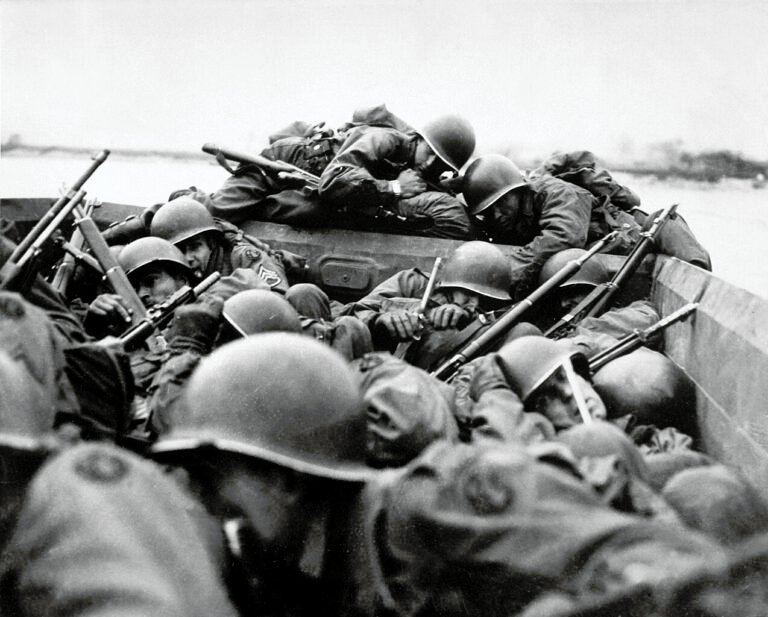
Could The Western Allies Have Captured Berlin? – Mythbusting Berlin
To contemplate a Western Allied capture of Berlin in 1945 is to challenge the established endgame of the Second World War. What was the true military and logistical feasibility of a Western Allied assault on the Nazi capital? What factors truly sealed Berlin’s fate, and what might have changed had the Allies pushed eastward?
Answering these questions means delving into the complex interplay of logistics, political maneuvering, and the competing visions for a post-war world
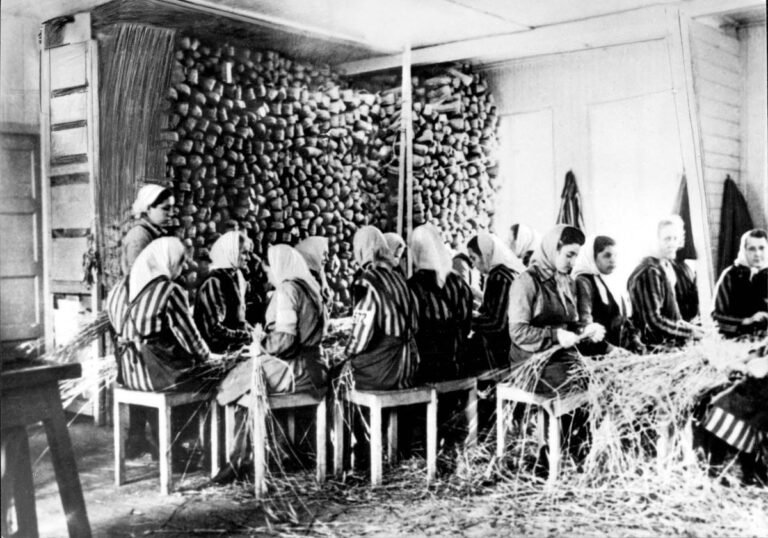
Did Any Of The Rothschild Dynasty Die In The Holocaust? – Mythbusting Berlin
The Rothschild name is synonymous with immense wealth, influence, and persistent conspiracy theories—especially during the era of Nazi Germany. Often targeted by antisemitic propaganda, the family’s survival during World War II has sparked myths about their supposed immunity from Nazi persecution. But did any Rothschild family member actually perish in the Holocaust? This article explores that compelling question, unraveling historical misconceptions and revealing the reality behind one of Europe’s most famous dynasties.
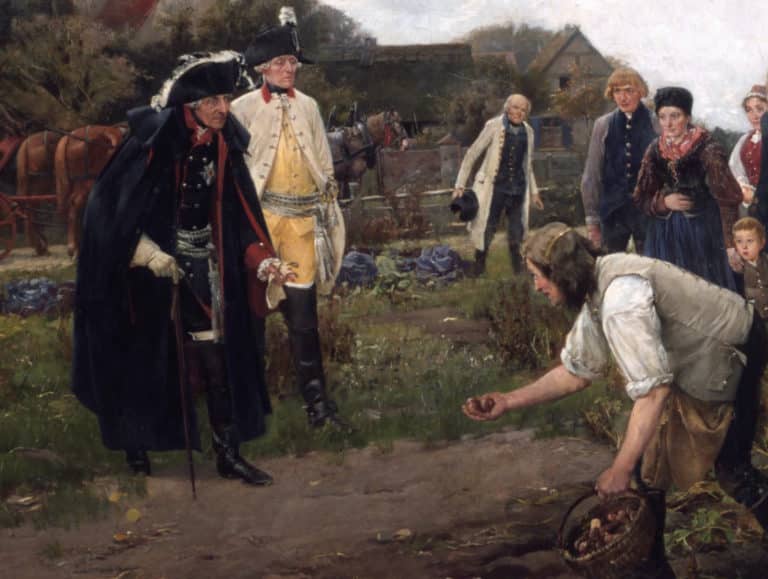
Did Frederick The Great Introduce The Potato To Germany? – Mythbusting Berlin
One of the more bizarre claims to fame attributed to the first King of Prussia is that the man who would go down in history known as Frederick the Great introduced the potato to Germany during his reign back in the 1700s. This starchy root vegetable has undoubtedly become a staple part of German cuisine – an essential addition to any plate of Schnitzel, Schweinshaxn, and Königsberger Klopse – however, whether Frederick the Great is
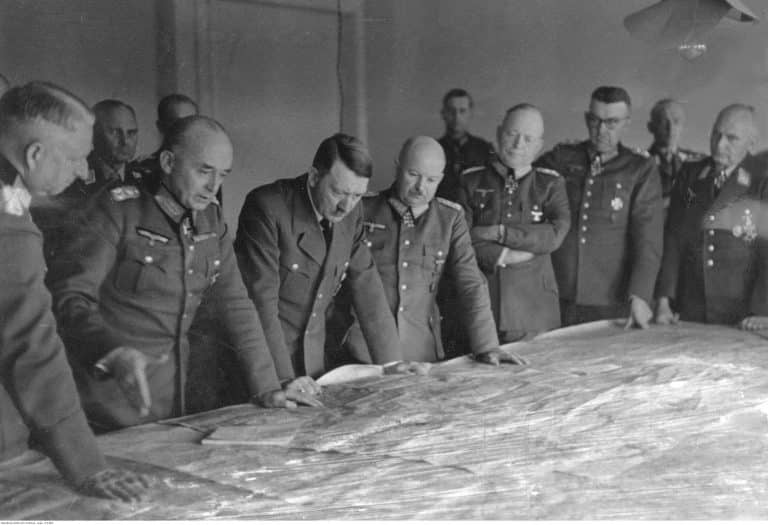
Did Hitler Escape To Argentina In 1945? – Mythbusting Berlin
Although Nazi leader, Adolf Hitler, certainly remains an inescapable figure, could there be any truth to the story of his escape to Argentina in 1945? That the most wanted man on earth could simply vanish, to spend the rest of his life peacefully in South American obscurity captivates imaginations. Yet, despite numerous investigations, this tale persists primarily as myth—fueled by speculation, hearsay, and conspiracy theories.
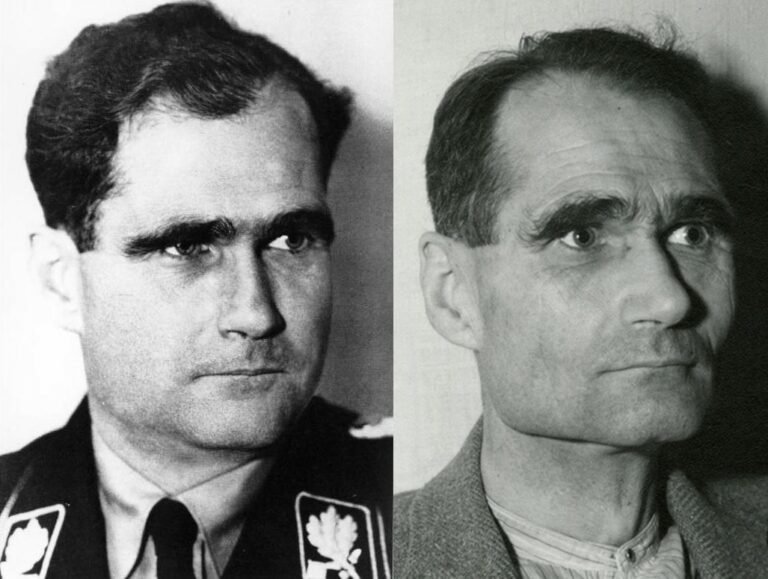
Did Rudolf Hess Really Commit Suicide? – Mythbusting Berlin
On a summer’s day in 1987, the last Nazi war criminal of the Nuremberg trials was found dead in a prison built for hundreds, yet for two decades, housed only him. The official verdict was suicide, a straightforward end to a life defined by fanaticism, delusion, and contradiction.
But the simplicity of the report belied the complexity of the man and the 46 years he had spent in Allied custody. In the meticulously controlled
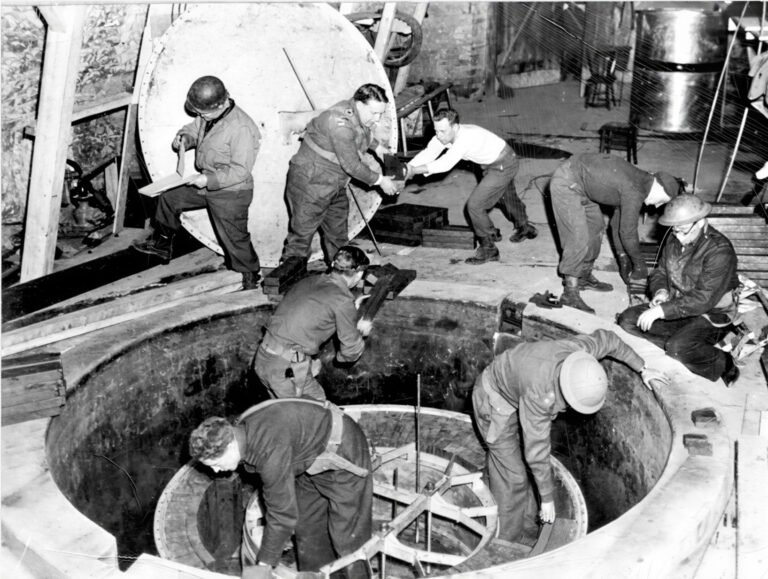
Did The Nazis Develop Nuclear Weapons? – Mythbusting Berlin
The Nazi obsession with super-weapons became so serious in the closing stages of the Second World that Adolf Hitler personally believed that such ‘Wunderwaffen’ both existed in a usable form – and would save the country from defeat. Had the Nazis managed to develop nuclear weapons by 1945 – the outcome of the war would surely have been different. But how close were Hitler, Himmler, and his henchmen to developing an A-bomb?

Did The Nazis Invent Decaf Coffee? – Mythbusting Berlin
Persistent rumors claim that Nazis preferred their coffee anything but pure, leading some to wonder if they might have influenced the development of decaffeinated coffee. Although decaf was already widely available across Europe by the mid-20th century, speculation continues: could the Nazis really have played a role in popularizing—or even discovering—this caffeine-free alternative, or is this simply another caffeinated conspiracy cooked up to sensationalize an ordinary historical detail?

Did The Nazis Invent The Bicycle Reflector? – Mythbusting Berlin
The fruits of wartime ingenuity are plenty – so many, in-fact, that it has become somewhat of a worn cliche that as the guns start firing the innovators get to work, often solving problems while providing more problems for the enemy to overcome.The kind of progress that results in the production of newer improved, more lethal weapons, such as to increase the chances of victory.
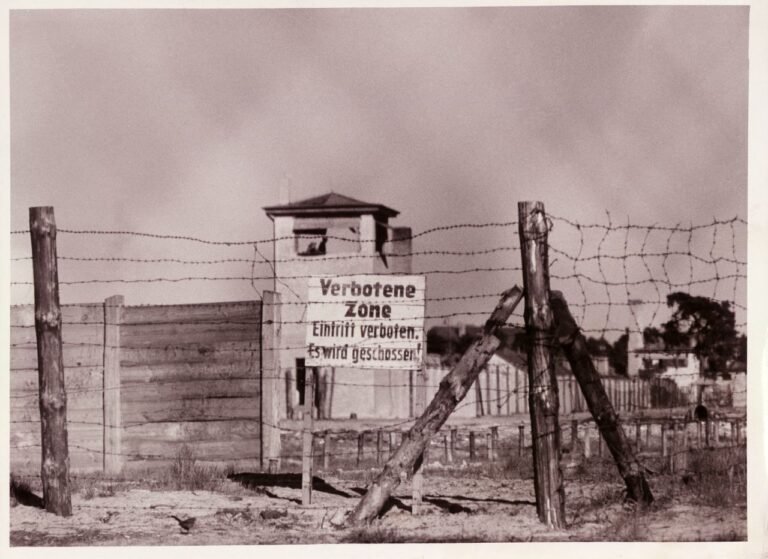
Did The Nazis Run The Largest Counterfeiting Operation In History – Mythbusting Berlin
During the Second World War the Nazis masterminded an astonishing plot to destabilise Britain by flooding its economy with counterfeit banknotes. Crafted in secret by concentration camp prisoners, this forged fortune became the most ambitious counterfeiting operation ever attempted. But was it history’s largest? Dive into the extraordinary tale of Operation Bernhard,
rife with deception, survival, and intrigue—revealing the truth behind one of the Third Reich’s most audacious schemes and its surprising legacy.
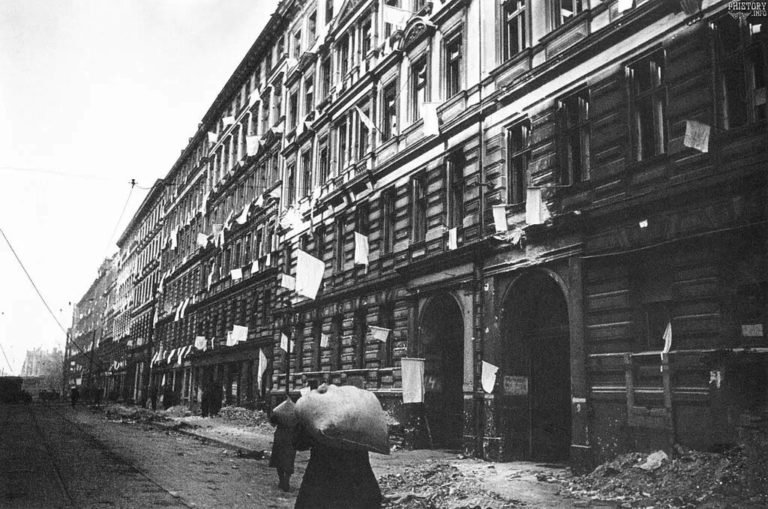
Did The Second World War End In Berlin? – Mythbusting Berlin
When is a war ever truly over? When the last shot is fired in anger would seem like the best measure. Rarely, though, is it possible to gain insight into such a moment.
Remarkably, a record still exists of such a moment at the end of the First World War on the Western Front. A seismic register and recording of the last belching battery of British guns firing artillery across no-man’s-land, followed by a profound
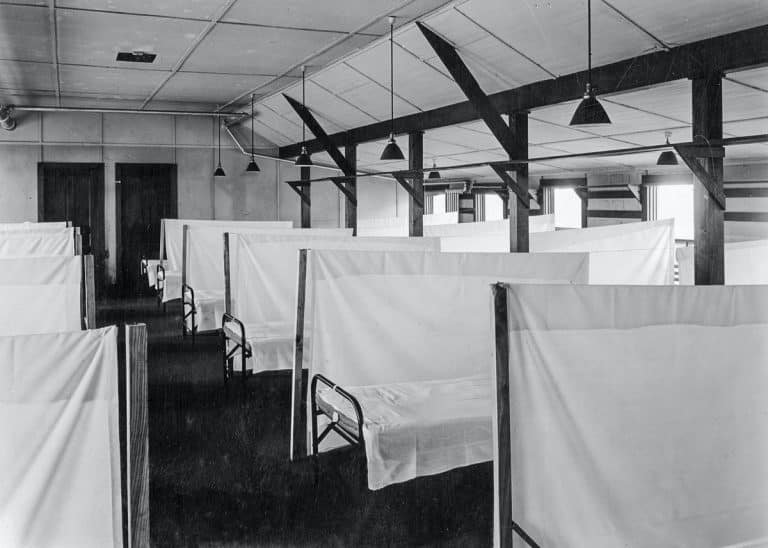
Did The Spanish Flu Pandemic Help The Nazis Take Power? – Mythbusting Berlin
The devastating Spanish Flu pandemic of 1918-1919 struck amid Germany’s post-war turmoil, compounding social instability, economic hardship, and widespread political disillusionment. Could this catastrophic health crisis have indirectly paved the way for Nazi ascension? While often overshadowed by war and revolution, the pandemic’s profound psychological and societal impacts arguably contributed to the perfect storm, enabling extremist ideologies—including Nazism—to gain popularity and ultimately seize power in a fractured Germany.

How Many Assassination Attempts On Adolf Hitler Were There? – Mythbusting Berlin
Nazi leader, Adolf Hitler, projected an aura of invincibility, a man of destiny shielded by providence. But behind the carefully constructed image of the untouchable Führer lies a story of constant threat, of bombs that failed to detonate, and errant bullets that missed their mark. Unearth the hidden history of the numerous attempts on Hitler’s life as we explore the courage of those who tried to change the course of history and the devil’s luck
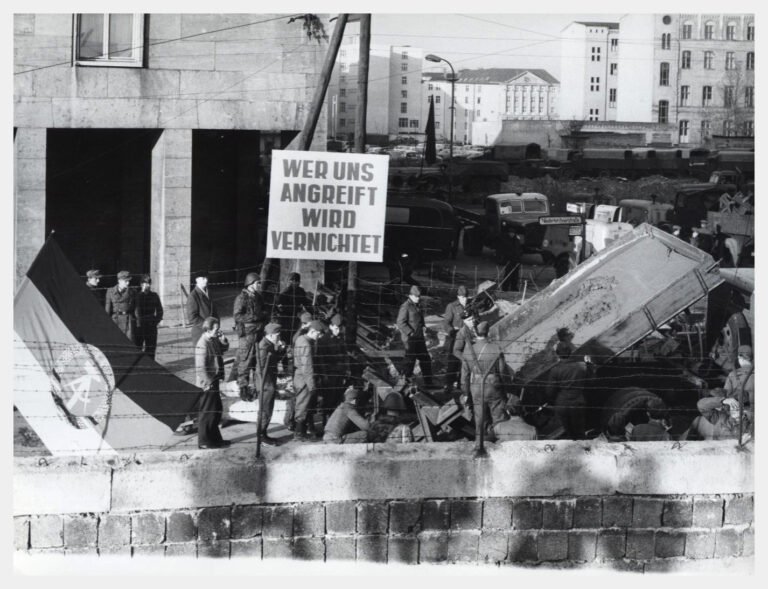
How Many People Died Trying To Escape East Germany? – Mythbusting Berlin
The image of the Berlin Wall is seared into our collective memory, a concrete symbol of Cold War oppression. We think of the daring escapes and the tragic deaths of those who failed. But that well-known number is only a fraction of the truth. The story of those who died trying to escape East Germany is far broader and more complex than most imagine, stretching along a thousand-kilometer border and out into the cold waters
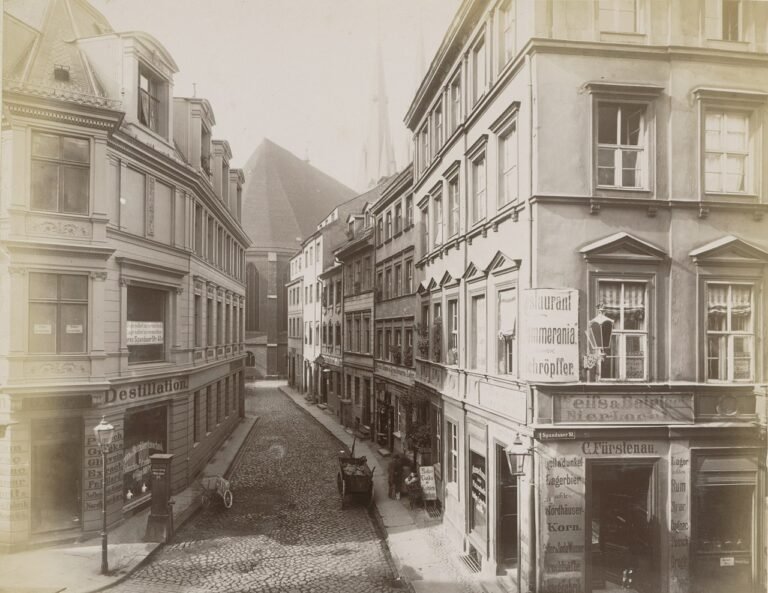
How Old Is Berlin? – Mythbusting Berlin
A relatively new arrival in Europe, Berlin is over 1000 years younger than London, nevermind Rome or Athens, Jerusalem or Jericho. Just how old is Berlin though?
A question fraught with false assumptions and distortions – that has more often than not been answered with propaganda as it has with the cold hard truth.
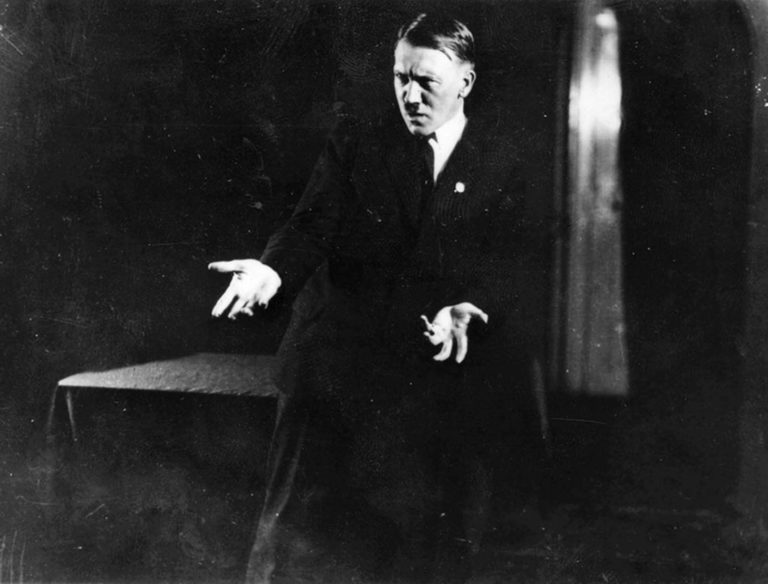
Was Adolf Hitler A Drug Addict? – Mythbusting Berlin
Solving the enigma of the ‘Führer’ has become a preoccupation for many, since the arrival of the Austrian-German onto the world stage – although moving beyond the mythology without falling into the trap of prejudically extrapolating on the psychopathography of Hitler or demonising so as to excuse his actions has proven problematic. What to make of the man who became more than the sum of his masks? The painter; the military dilettante, the mass murderer,

Was Adolf Hitler Gay? – Mythbusting Berlin
In the shadowy corridors of Third Reich history, few questions provoke as much tabloid curiosity and scholarly exasperation as the sexuality of Adolf Hitler. For decades, rumors have swirled—whispered by political enemies in 1930s Munich, psychoanalyzed by American spies in the 1940s, and sensationalized by revisionist authors today. Was the dictator who condemned thousands of men to concentration camps for “deviant” behavior hiding a secret of his own? By peeling back the layers of propaganda,
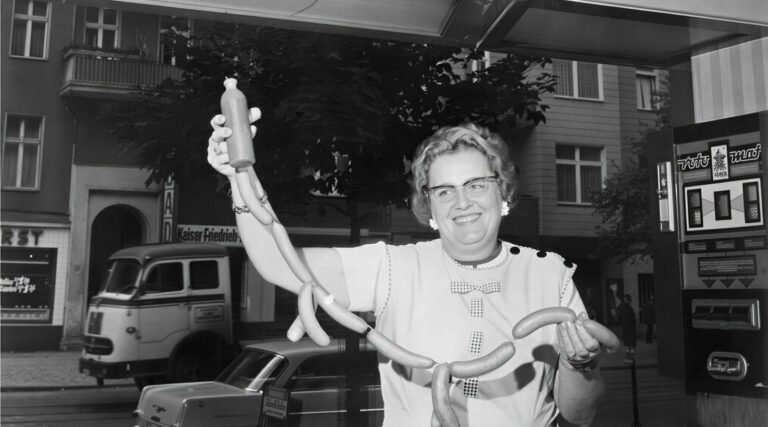
Was Currywurst Invented In Berlin? – Mythbusting Berlin
Explore the story behind what many consider Berlin’s most iconic snack—the ever-so-humble Currywurst. Often hailed as an enduring symbol of culinary creativity amid Cold War scarcity, this humble dish has inspired fierce debate about its true origin. But was it genuinely invented here in Berlin, or have proud locals simply adopted and elevated this spicy street-food favorite into legendary status all their own?

Was Fanta Invented By The Nazis? – Mythbusting Berlin
As one of the most secretive organisations in the world, the Coca Cola corporation refuses to share its secret recipe with anyone. Famously insisting only on shipping the base syrup of its drinks to plants around the world to be carbonated and distributed.
This combined with the trade limitations of the Second World War may have led to the introduction of one of the most popular soft-drinks in the world. But could it be true:
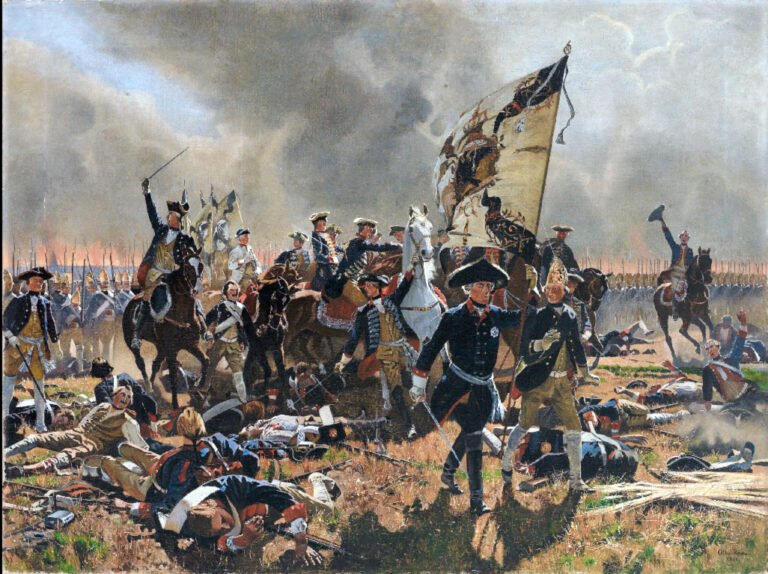
Was Frederick The Great Gay? – Mythbusting Berlin
Frederick II of Prussia, better known as Frederick the Great, is often remembered as the archetypal enlightened monarch – a brilliant military commander, patron of the arts, and learned philosopher. Yet behind the stern portraits of this 18th-century warrior-king lies a personal life long shrouded in intrigue and speculation. Intrigue around the king’s sexual orientation has persisted through the centuries, chiefly revolving around one question: Was Frederick the Great gay?
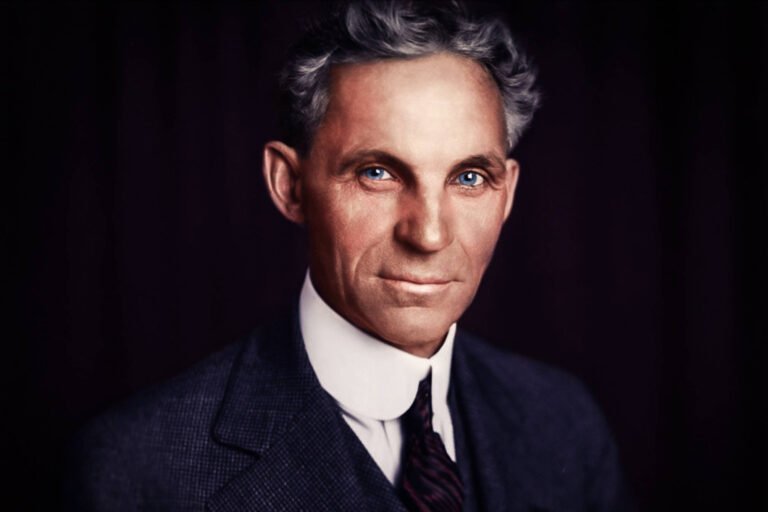
Was Henry Ford A Nazi? – Mythbusting Berlin
US auto tycoon, Henry Ford, holds the ignominious distinction of being the only American Adolf Hitler praised by name in his National Socialist manifesto: ‘Mein Kampf’. This was not, as it turns out, the only connection between Ford and the Party of Hitler, Himmler, and the Holocaust.
Ford’s overt affinity with the Third Reich reveals a troubling past. How deep these connections ran, and how consequential they were for both sides, is a chapter



